by: Amy Thetford
Parenting is a tough gig.
When we bring those tiny newborns home from the hospital, they don’t come with a set of instructions.
We just have to jump in and learn “on the job”.
Once we conquer one stage, they enter a whole new phase and sometimes it can feel like we’re starting from scratch.
This is what happens when babies become toddlers who suddenly love to express their opinions on absolutely everything.
We tend to feel clueless and unsure of how to handle their outbursts or seemingly outright defiance.
Many of us resort to yelling, time outs, and even bribing our toddlers to behave.
These strategies aren’t effective. We can’t parent reactively. We’ve got to be proactive and act with the end result in mind.
To figure out what works, we need to take a step back and examine our goals as parents.
What do we hope to accomplish in raising our children?
Most of us want to raise our kids to be compassionate and contributing members of society, no matter their pursuits.
When we start to get a grasp on the bigger picture, we can then see whether our current parenting strategies are moving us, and our kids, closer to that long-term vision.
Today we’re going to take a look at a discipline strategies for young kids, specifically, time out.
We’re going to discuss why traditional time out tactics don’t work and offer up 10 alternatives that do.
Included in this list, we’ll be sharing a bit about our very own product - Goodtimer! It’s backed by neuroscience and is a handy tool that can be used alongside the other methods discussed below.
So stick through to the end. We promise it’ll be worth it.
Why Time Outs Don’t Work
The first, and most important, thing to remember is this: behavior is information.
When a child acts out, they are trying to tell us something. Kids don’t always have the words to express what they want or need. Sometimes we have to decipher it based on what they give us.
Then, it’s our job as parents to give them the tools they need to communicate effectively.
Daniel J. Siegel and Tina Payne Bryson, authors of No Drama Discipline: The Whole-Brain Way to Calm the Chaos and Nurture Your Child’s Developing Mind, wrote this in a Time article that has been cited widely in the child development arena.
“When children are overtaxed emotionally, they sometimes misbehave; their intense emotions and the demands of the situation trump their internal resources. The expression of a need or a big feeling therefore results in aggressive, disrespectful, or uncooperative behavior—which is simply proof that children haven’t built certain self-regulation skills yet. Misbehavior is often a cry for help calming down, and a bid for connection.”
Therefore, when we meet our child’s cry for help with anger and frustration using arbitrary discipline techniques such as time out, we are further denying them their need to be heard and feel connected.
To explain this better, we’ve got to first discuss the difference between punishment vs. discipline.
Though often used interchangeably, they aren’t one and the same.
To punish, by definition, is “to inflict a penalty for (an offense, fault, etc.)”
Let that sink in for a minute.
When we punish our kids, we are inflicting a penalty for an offense or fault.
Discipline, on the other hand, means “training to act in accordance with rules”.
When we discipline our kids we’re training, or teaching, them.
Though the word difference might seem like a small technicality, it results in a large mind-shift when it comes to how we approach child-rearing.
In this article published on PBS Newshour, British Columbian child psychologist Vanessa Lapointe, makes this profound statement.
“Punishment in any form is harmful,” LaPointe said, because “it takes the core need of the child… and uses it as a bargaining chip.” A child has a lot of core needs, she said, but one of the most vital is emotional attachment — the very thing parents sacrifice when they place their kids in time outs.”
Punishment tactics, such as time out, may curb problem behavior in the short-term, but over time it will erode your relationship with your child, destroying the sacred parent-child bond.
In the Time article referenced above, it’s stated that, “When the parental response is to isolate the child, an instinctual psychological need of the child goes unmet. In fact, brain imaging shows that the experience of relational pain—like that caused by rejection—looks very similar to the experience of physical pain in terms of brain activity.”.
During this vital time, our kids need us to come alongside them and give them tools to communicate and effectively navigate the confusing world around them.
10 Positive Parenting Alternatives to Time Out That Actually Work
Whew! That was a bit of a ride. Thanks for hanging with us.
Now you know some of the science behind why time outs aren’t the best approach when it comes to disciplining our children.
What do we do with that information?
Well, we’re going to give you 10 positive parenting strategies that can be used instead of time out.
Let’s dive in!
1. H-A-L-T
What do we mean by “HALT”?
Well, two things.
First, stop and assess the situation. When your child is having a meltdown, instead of reacting in frustration or anger, stop.
Take a second to evaluate what’s happening.
Is your child hungry?
Are they angry?
What about lonely?
Or tired?
H-A-L-T….a quick and easy first step.
If any of these vital needs have gone unmet, make meeting that need your first priority. Does your little one need a snack, a snuggle, a nap?
If you do this, outbursts (and the intensity at which they happen) tend to lessen.
This isn’t always practical in the moment, but clear and consistent routines surrounding meal and sleep times can prevent many meltdowns from ever happening in the first place.
2. Set Clear Expectations
It’s important to set clear expectations with your child from the get-go.
Establish family rules, display them in a prominent location, and refer back to them often.
Make sure your child knows, not only the rules, but the consequences for breaking them as well.
This keeps everyone on the same page and takes the guesswork out of the equation.
The other part of this is to be consistent. Say what you mean and mean what you say.
When your child knows that your word means something, it builds a foundation of trust. It shows them they can count on you to be honest and reliable.
The importance of trust in a parent-child relationship cannot be overstated. It is everything.
3. Put Yourself in Time Out
Sound contradictory?
It’s not.
Taking a minute to step away when you’re feeling overwhelmed is preventing you from reacting in anger to your child’s behavior.
Grab a glass of water, go for a walk, do whatever you need to work through your emotions and regain composure.
You are modeling the importance of doing what it takes to calm yourself down before responding to the situation - exactly what you want your child to learn to do.
4. Time In
So, if time outs are out, what about a time in?
You’ve probably seen this phrase floating around the web and may even be familiar with the concept.
If you aren’t, here’s a brief rundown.
Instead of sending your child to deal with those big feelings alone in time out, you are working through them together.
During a time-in, you are a calming presence for your child. You are there to offer empathy and be their safe space.
Then, once the tears have stopped, you can address the behavior and work to find a solution.
5. Give Kids the Language Skills They Need to Communicate Effectively
Kids can’t always tell us what they’re thinking, even if they want to.
We’ve got to help them learn to recognize and label their feelings.
We can do this by narrating, or sportscasting, as we watch them go about their day. In hearing us verbalize what we see, they are picking up on important language skills needed for communicating their wants and needs.
6. Create a Cozy Space for Calming Down
By giving kids a quiet place to retreat when they feel overwhelmed, we are communicating to them that we value their feelings.
Setting up a cozy space can be as simple as a bean bag in the corner and a small shelf stocked with paper and crayons, fidget toys, and a few favorite books.
This gives kids the option to snuggle up and read, draw what they’re feeling, or keep their hands busy while calming their minds.
7. Behavior Charts
Behavior charts (often called chore charts) are a tried and true method that have been around forever - and for good reason.
They are inexpensive, easy to set up, and kids thrive on positive reinforcement.
Behavior tracking apps are also a handy option for a modern, tech-savvy family.
If paper is too hard to keep up with and you want to avoid kids being dependent on a screen to keep up with their chart, see point #10. We think you’ll like it!
8. Give Kids a “Do Over”
How many times do we, as adults, act impulsively and make a bad choice in the moment? It might be because we’re tired, hungry, or irritable because we haven’t had our coffee.
Whatever the case may be, we all make mistakes - our kids included.
We give ourselves “do overs” all the time. We backtrack and apologize for our mistakes and move on.
What if we extended this same grace to our kids?
Sometimes just asking them if they want a “do over” is enough.
No consequence. No lecture. Just a second chance.
9. Practice Makes Progress
Kids aren’t born knowing people skills.
This skill set takes practice.
Talking through potentially hard situations before they happen can help - sibling squabbles, grocery store showdowns, bedtime battles, etc.
Depending on the age of your kids, it might be helpful to act out different scenarios with stuffed animals. You can also read books and discuss choices the characters are making.
Keep these conversations going. Communication is key.
10. Get a Goodtimer
Last, but certainly not least, consider purchasing a Goodtimer.
Goodtimer is a modern solution to an age-old problem.
This nifty gadget was invented by parents who understand the importance of positive parenting and wanted a tangible product and simple system to help families make that happen.
|
Goodtimer is a tool that encourages good habits by incentivizing good behavior. Plus, it’s fun! Even better, (and as said up top) Goodtimer works in tandem with the strategies mentioned above. Goodtimer acts as a companion. It’s a toy your child can carry with them throughout their day, reminding them to make the right choice. |
Get yours today! |
Final Thoughts
As you can see, though time out is a typical go-to, it’s far from the only option when it comes to disciplining our children.
Science has shown time and again that positive parenting strategies are better for a child’s cognitive and relational development.
So, take the 10 time out alternatives discussed above and add them to your parenting toolbelt. When you are dealing with challenging behavior, now you have a resource to call back to - a list you can save and refer to again and again.
Here at Goodtimer, we want to provide you with science-backed information that helps parents and kids build better relationships through incentivizing good choices and prioritizing time together.



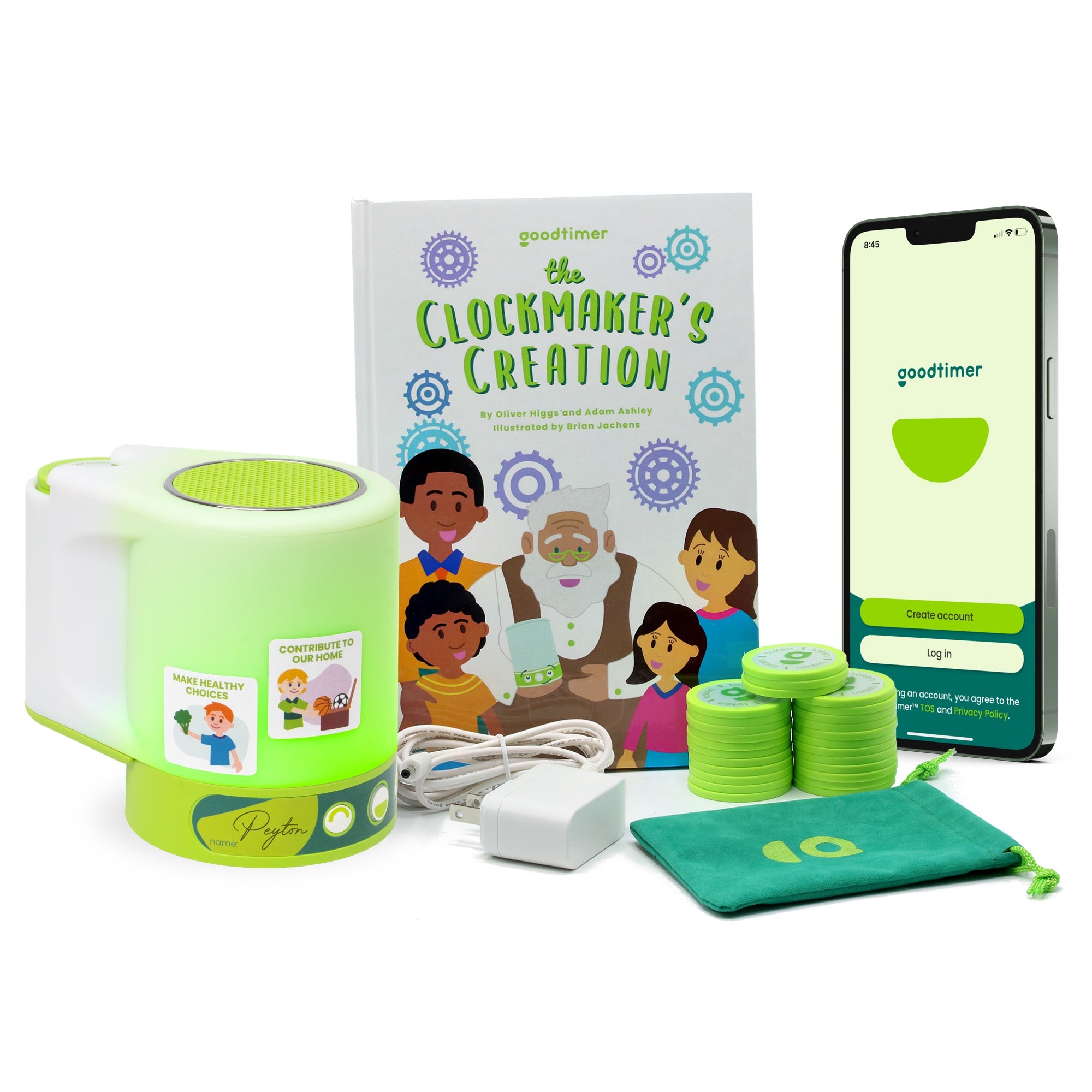
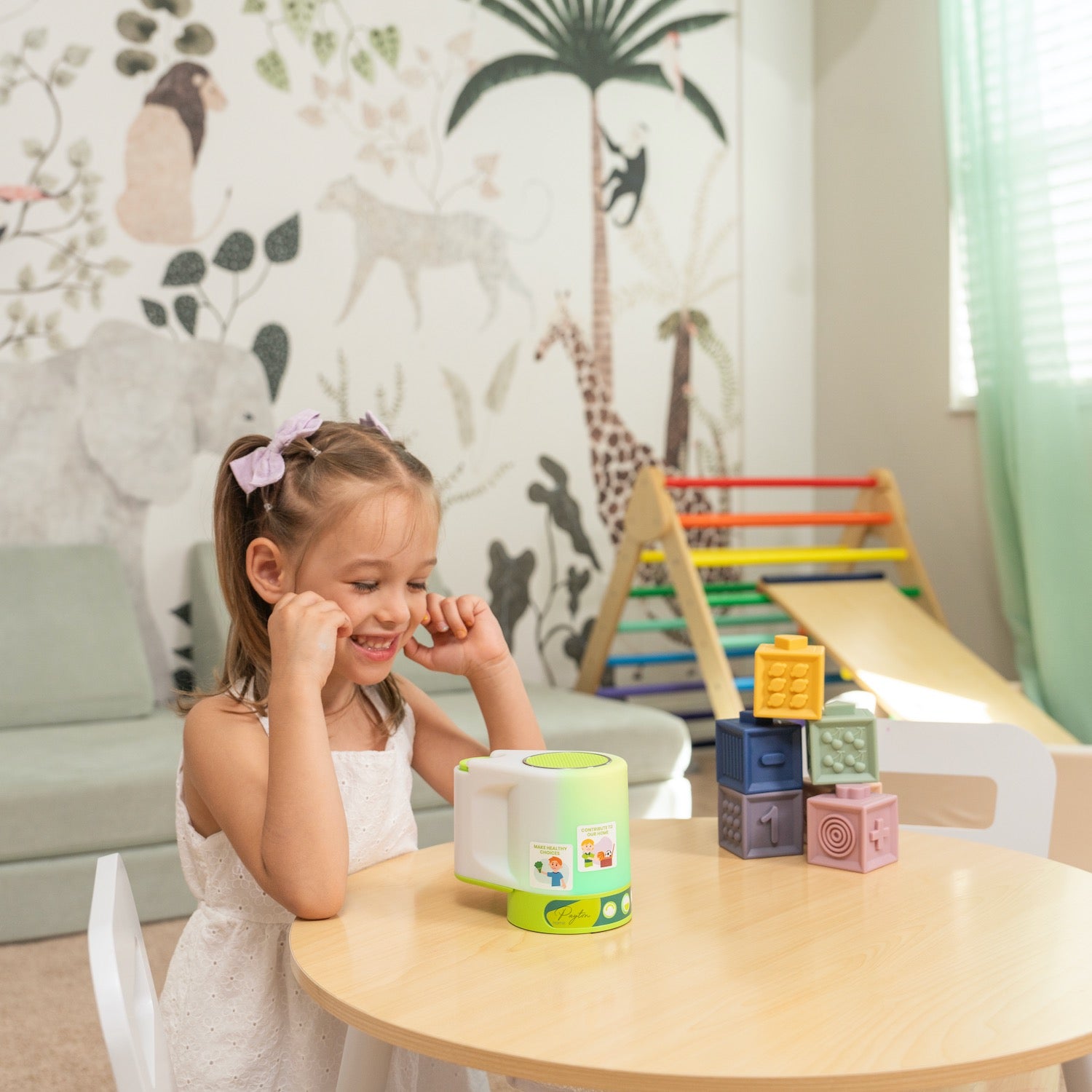
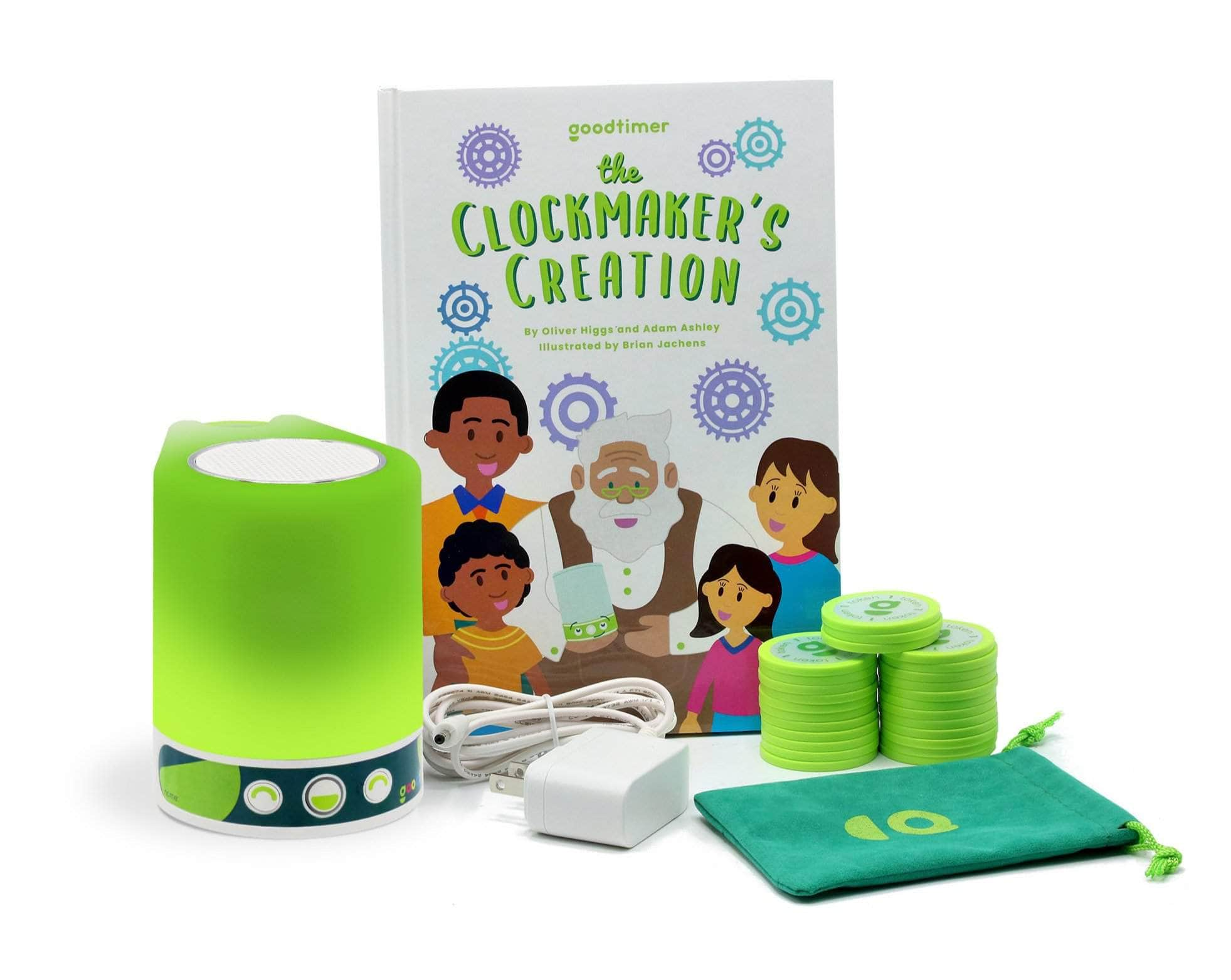
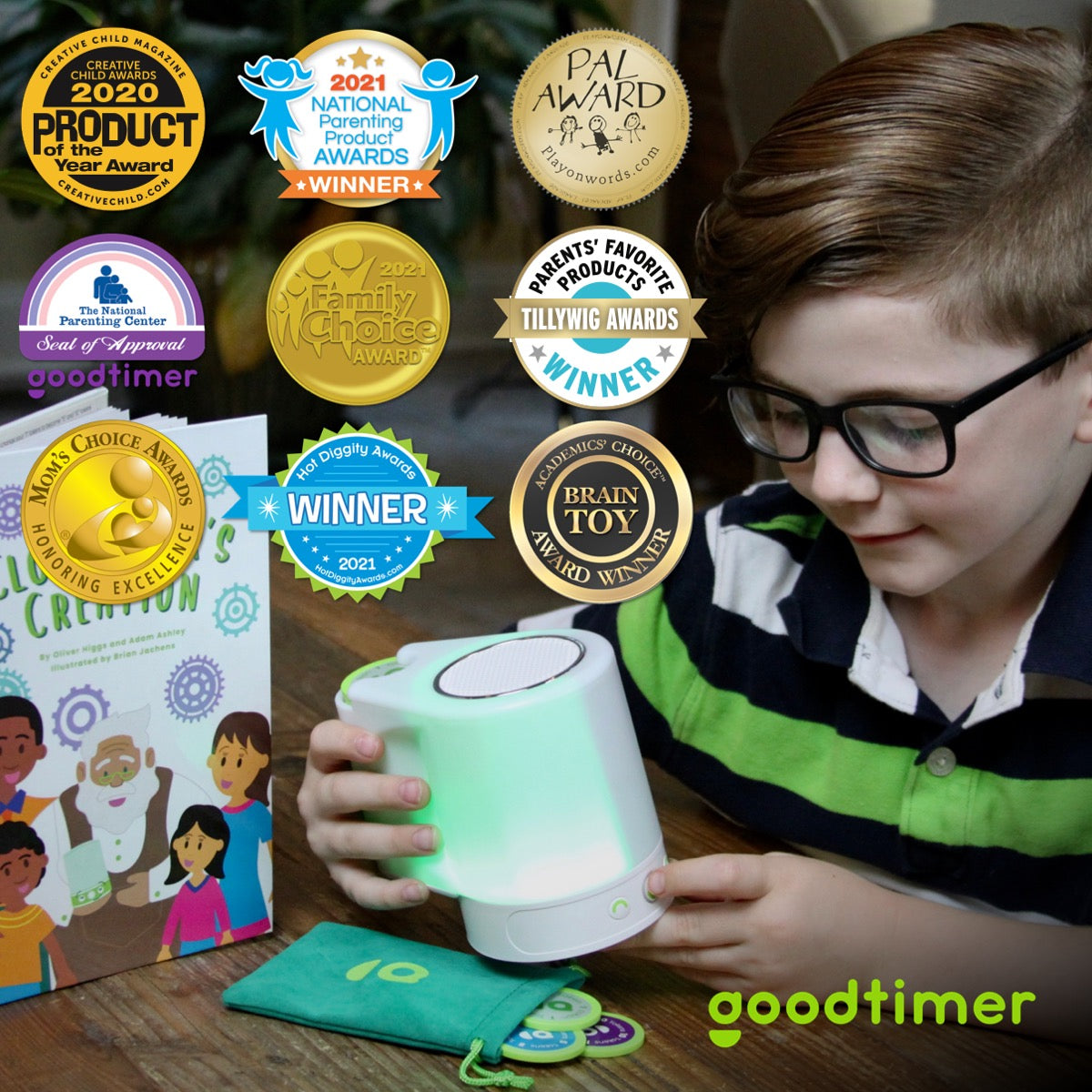

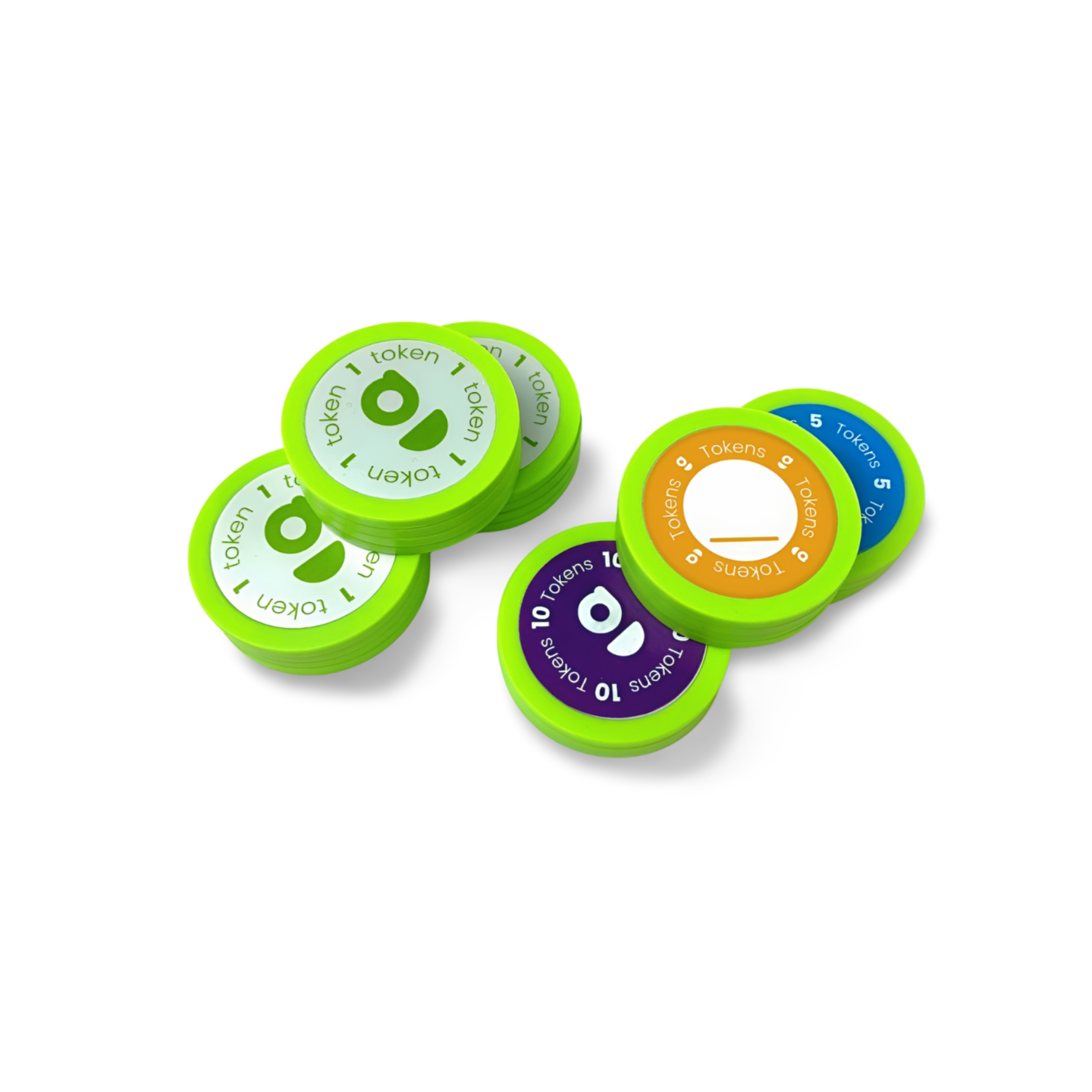

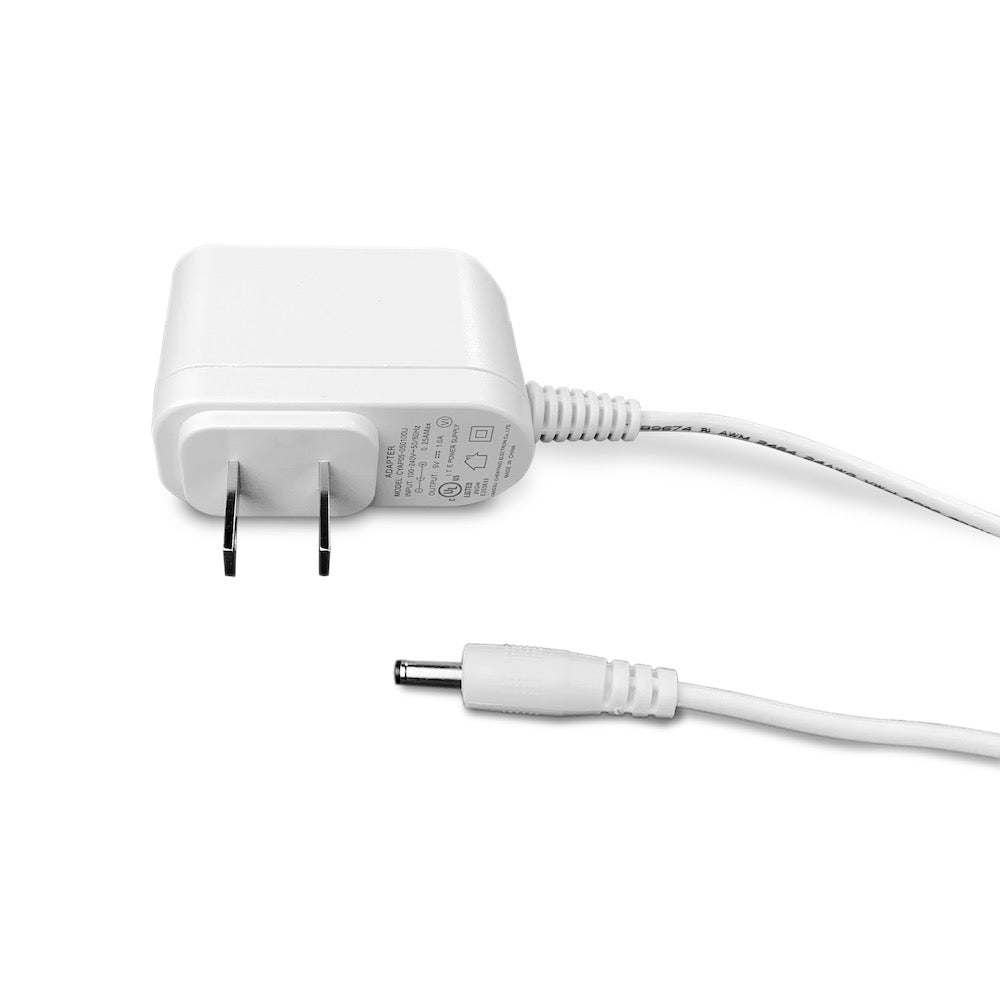
Leave a comment